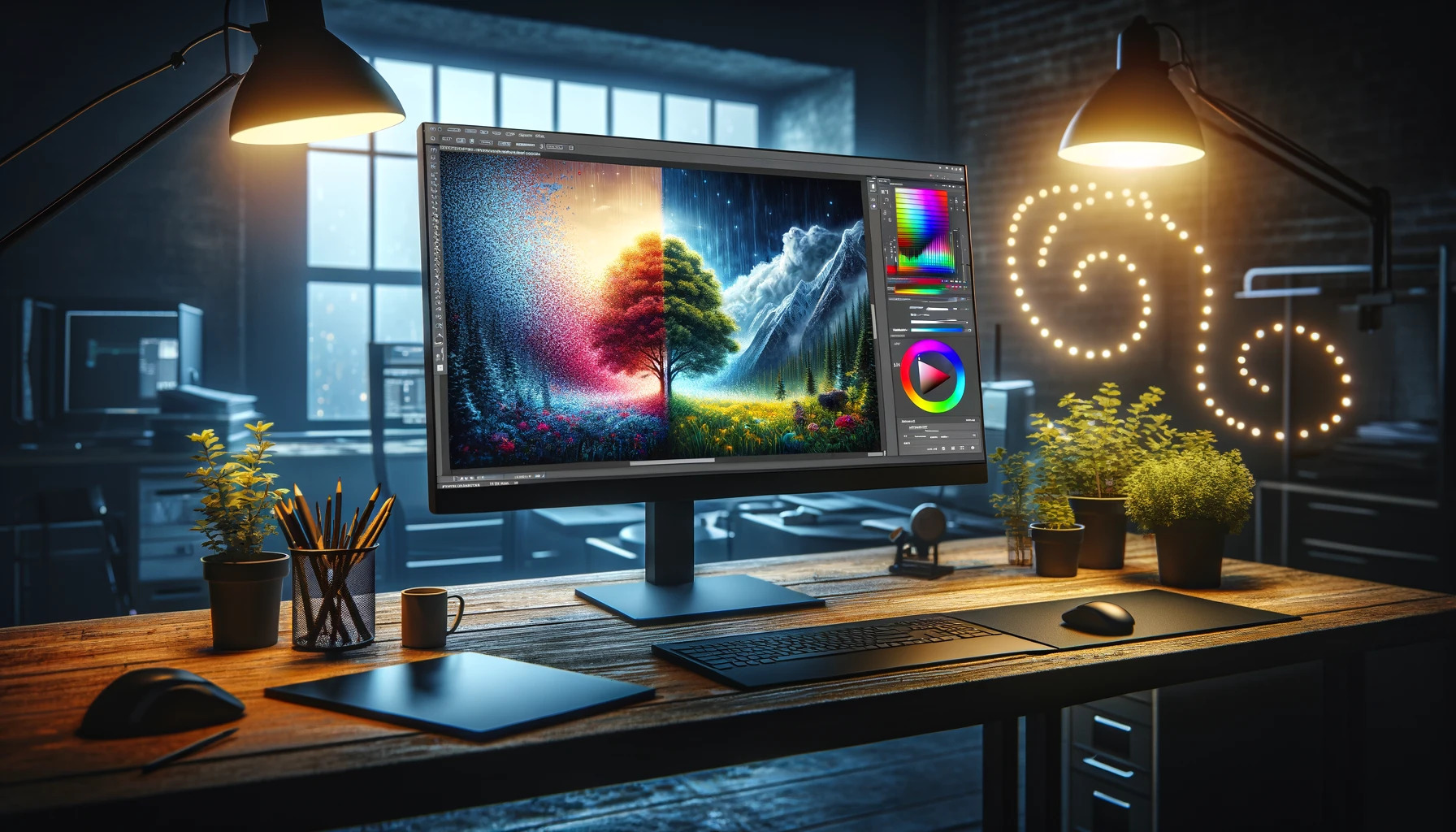The Ultimate Guide to Upscaling Images for Print
By Harold
Published March 4, 2024
 The Ultimate Guide to Upscaling Images for Print
The Ultimate Guide to Upscaling Images for Print
In the digital age, mastering the techniques for image upscaling is essential for anyone looking to transform their visuals from screen to print with fidelity. Upscaling images for print ensures your visuals not only translate well on paper but also maintain their captivating allure. This comprehensive guide delves into the art and science of image upscaling, providing you with the knowledge and tools to elevate your images from screen to print with unmatched clarity and detail.
Understanding Image Upscaling
At its core, image upscaling involves increasing the resolution of an image, and enhancing its size without compromising on quality. This process is crucial for print, where high resolution is synonymous with superior quality.
Why Upscale?
- Enhance Detail: Upscaling improves the detail in your image, making it print-ready.
- Improve Print Quality: High-resolution images yield better print results.
- Versatility in Print Sizes: Upscaling allows for larger prints without quality loss.
Choosing the Right Software
Selecting the right upscaling software is paramount. Here are some top contenders:
- Adobe Photoshop: Known for its robust upscaling feature, "Preserve Details 2.0."
- Topaz Gigapixel AI: Utilizes AI to upscale images with incredible detail.
- ON1 Resize: Offers patented fractal-based interpolation algorithms for high-quality enlargements.
The Upscaling Process
Follow these steps to upscale an image effectively:
- Evaluate Your Image: Start by assessing the resolution and quality of your original image.
- Choose Your Software: Based on your needs and the complexity of the image, select the appropriate upscaling software.
- Set Your Target Resolution: Determine the desired resolution based on your print size and DPI (dots per inch) requirements.
- Upscale: Utilize your chosen software to upscale the image, paying close attention to detail and texture preservation.
- Post-Upscale Editing: After upscaling, make necessary adjustments to color, brightness, and contrast to ensure the best print quality.
Best Practices for Upscaling Images
- Maintain Aspect Ratio: Always keep the original aspect ratio to avoid distortion.
- Gradual Upscaling: For significant size increases, upscale in increments to preserve quality.
- Sharpness and Detail: Fine-tune sharpness after upscaling to restore any lost detail.
- Test Prints: Make smaller test prints to check for quality before committing to large formats.
Advanced Tips for Professionals
- Custom Scripts in Photoshop: Automate the upscaling process using Photoshop's scripting capabilities for large batches of images.
- AI Tools: Experiment with AI-based tools like Topaz Gigapixel AI for cutting-edge upscaling technology.
- Hybrid Approaches: Combine multiple upscaling methods and tools for optimal results.
Common Pitfalls to Avoid
- Overprocessing: Avoid excessive sharpening or noise reduction, which can lead to unnatural results.
- Ignoring Print Medium: Different print media require different resolutions and upscaling approaches.
- Neglecting Original Quality: The quality of the original image limits how much you can upscale effectively. Always start with the highest quality source.
Conclusion
Mastering the art of upscaling images for print revolutionizes the work of photographers, artists, and designers by emphasizing the importance of enhancing photo quality without losing details. With the selection of precise tools, adherence to a meticulous process, and the application of best practices, digital images are transformed into stunning prints that captivate and impress. The essence of successful upscaling hinges on improving detail while preserving quality, seamlessly connecting the realms of digital excellence and tangible artistry.